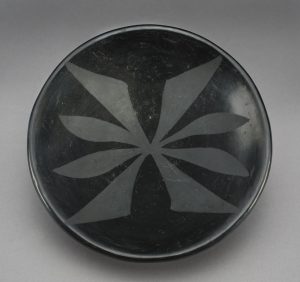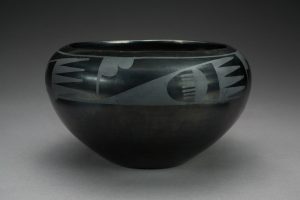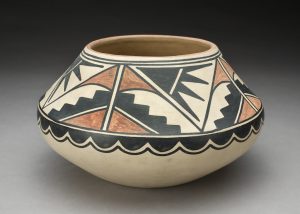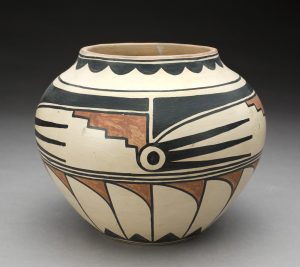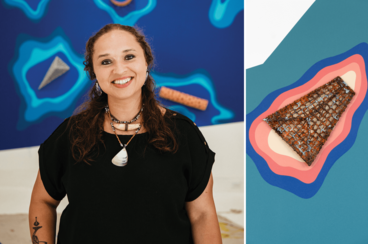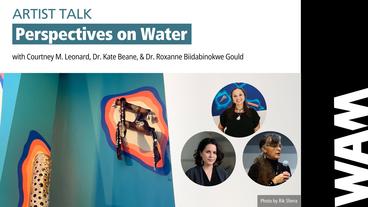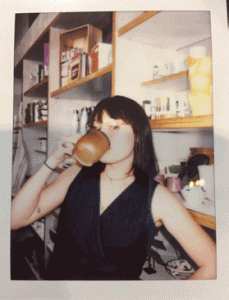In honor of Native American Heritage Month, we are featuring Indigenous artists and their work that we hold in our permanent collection on our blog, social media, and Collection Highlight E-Newsletters. Our intention is to both recognize the varied contributions of Indigenous artists while acknowledging how their works are disproportionately underrepresented in museum collections nationwide, including here at WAM.
We are in the process of editing our land acknowledgement statement to additionally address the active work the museum is doing in support of Native American arts and Indigenous communities here in the Twin Cities. Our current statement reads:
The Weisman Art Museum acknowledges the Dakota peoples on whose land we are on. We thank them and their relatives for their care of the land, and we recognize their continuing connection to the land, waters, and community. We pay our respects to them and their culture; both past and present.
Read on to learn more about the practices of Maria and Julian Martinez, two ceramicists who worked within traditional Pueblo pottery styles to create breathtaking, experimental works that helped elevate Native American pottery from functional craft to fine art.
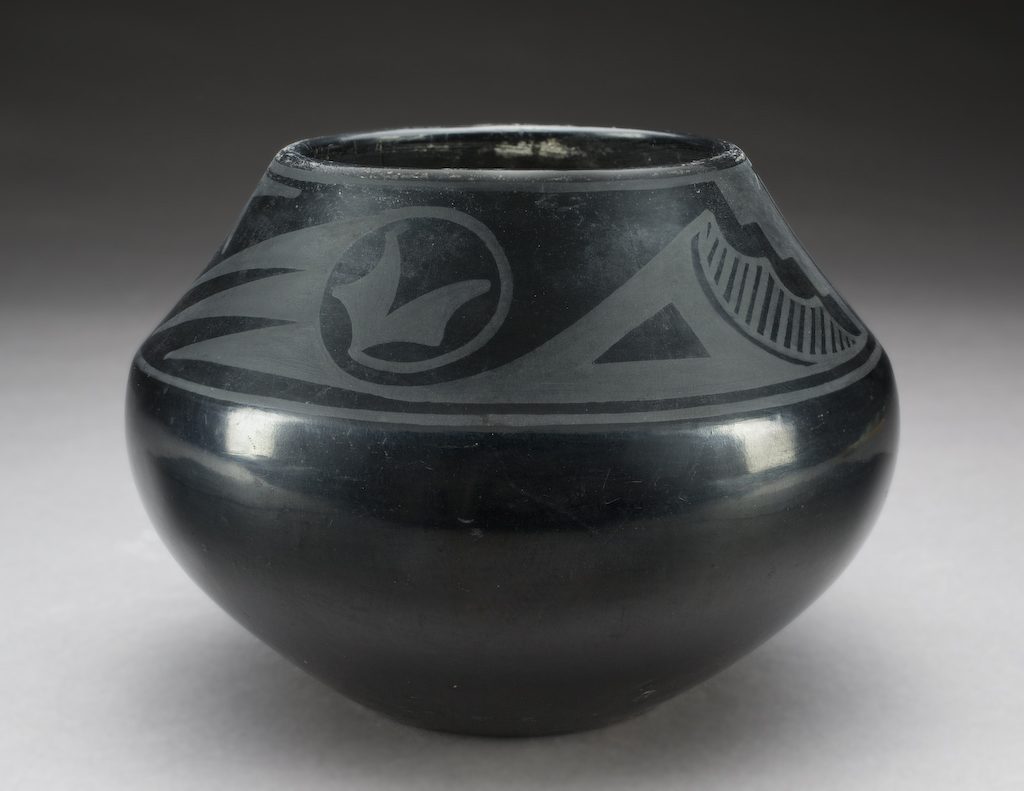
Of Tewa heritage, Maria Martinez (1887–1980) and her husband Julian (Pocano) Martinez (1879–1943) were tribal members of the San Ildefonso Pueblo in the Rio Grande Valley of New Mexico, just 20 miles north of Santa Fe. Before Maria became one of the most influential potters of the 20th century, she watched her aunt and grandmother make pottery for storage, cooking, and ceremonial use—a communal and traditionally female practice. Maria gained a reputation for her thin and high-quality pots and was sought out by archaeologist and anthropologist Edgar Lee Hewett.
In 1909, Hewett obtained broken pieces of 17th century black biscuit ware from an excavation which took place on a pueblo site near San Ildefonso. As the director of the Museum of New Mexico, he asked Maria to recreate full-scale pieces for museum examples. After a long process of experimentation and trial and error, she and Julian revitalized this ancient style of pueblo pottery and became influential in moving Native American pottery from functional craft to fine art. As Maria formed each piece, and Julian decorated each surface, they became widely known for their matte-black-on-sheen-black pottery.
Maria received many awards and honorary doctorates from University of Colorado and New Mexico State University, and notably received the initial grant for the National Endowment of the Arts to fund a Martinez pottery workshop in 1973.
